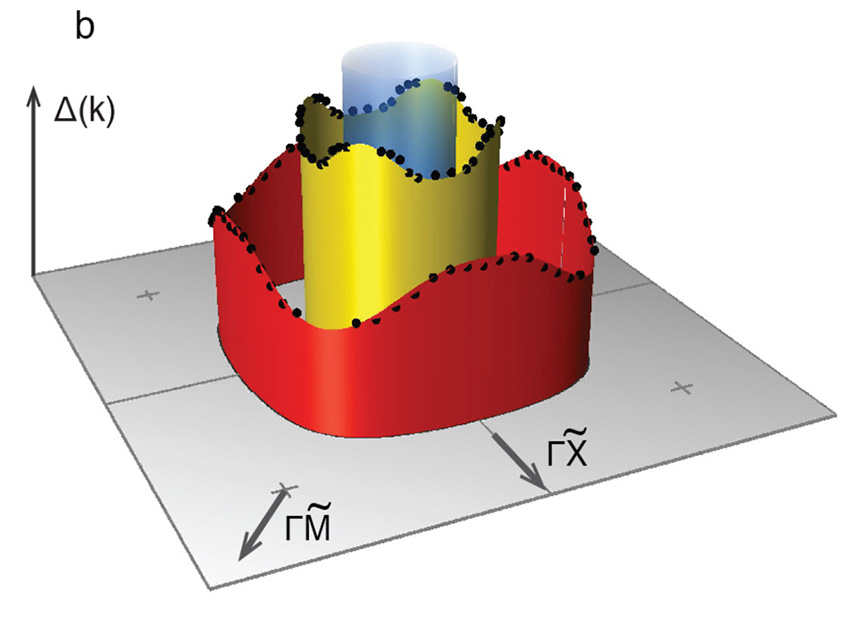
Can Magnetism Explain High Temperature Superconductivity?
Visualization of electron pair binding confirms predictions about how high temperature superconductivity works.

Visualization of electron pair binding confirms predictions about how high temperature superconductivity works.
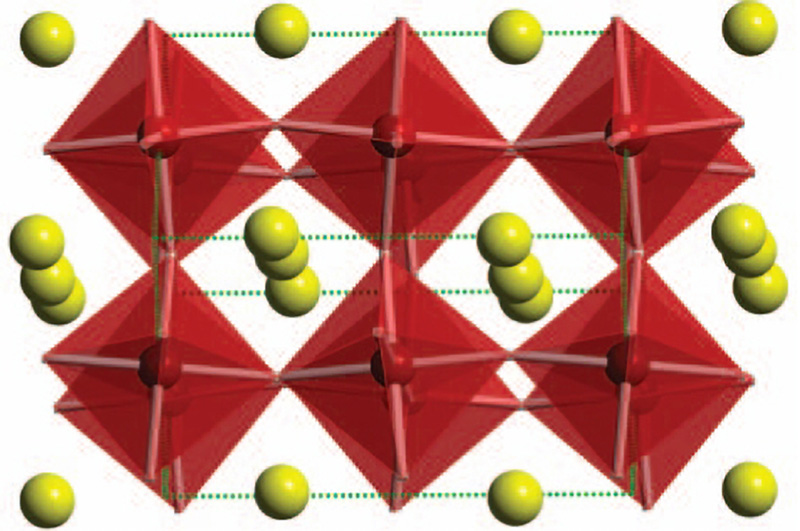
Novel, liquid-less design promises to improve long-term stability and durability of dye-sensitized solar cells while hitting high efficiency marks.
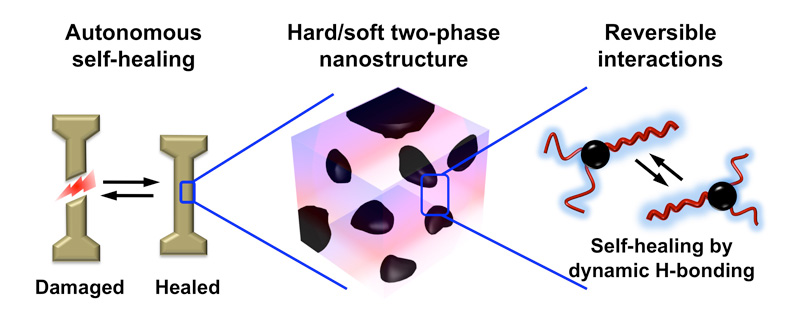
Overcoming a fundamental dilemma in making polymers that combine strength and toughness with spontaneous healing capability.
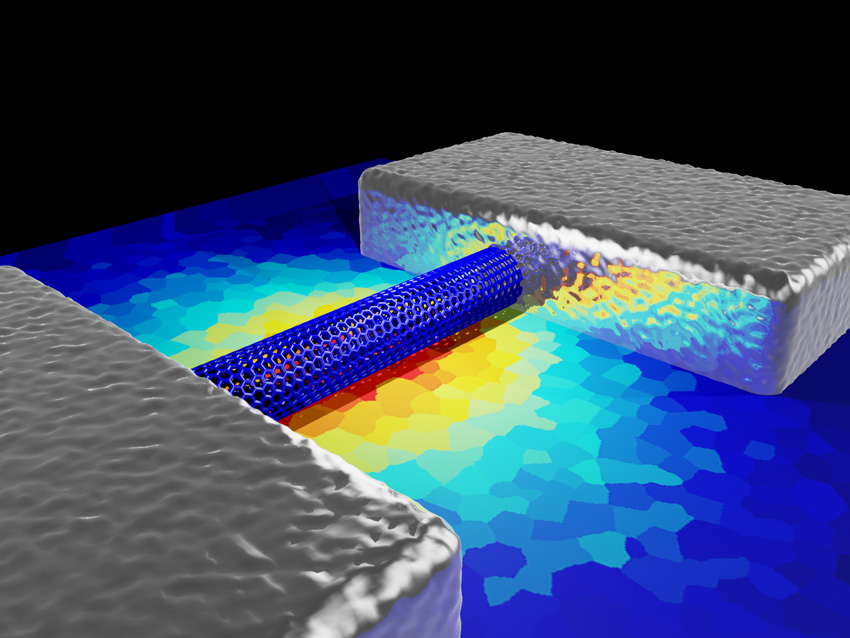
Current-carrying nanotubes heat up nearby materials but not themselves, indicating a new path to energy-efficient electronics.

Researchers have created an environmentally-friendly plastic coating that converts a wide range of electrical conductors into air-stable components for flexible, less expensive electronics.
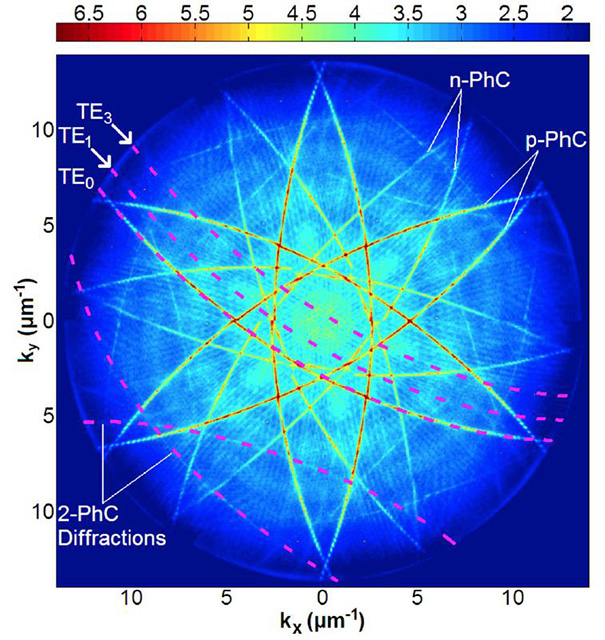
Adding nanostructured regions to boost LED light output.

Understanding how chemical vapors interact leads to better production equipment and increased lighting efficiency.
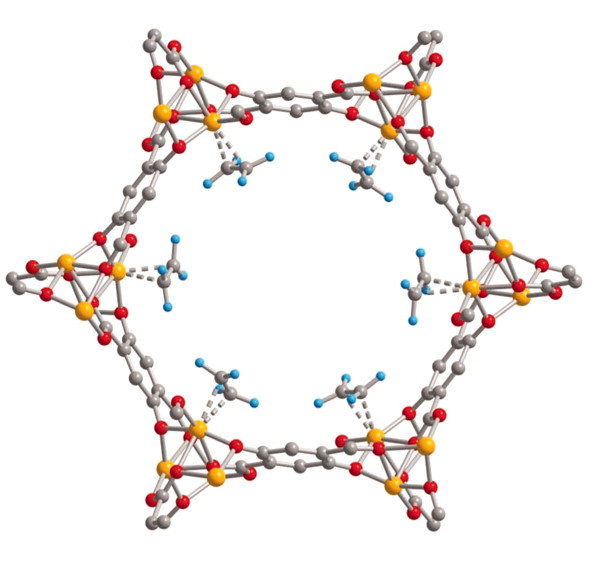
Novel material for purifying gases could significantly lower industrial energy costs.

New nanostructured electrodes have 10 times the charging speed and higher battery power.
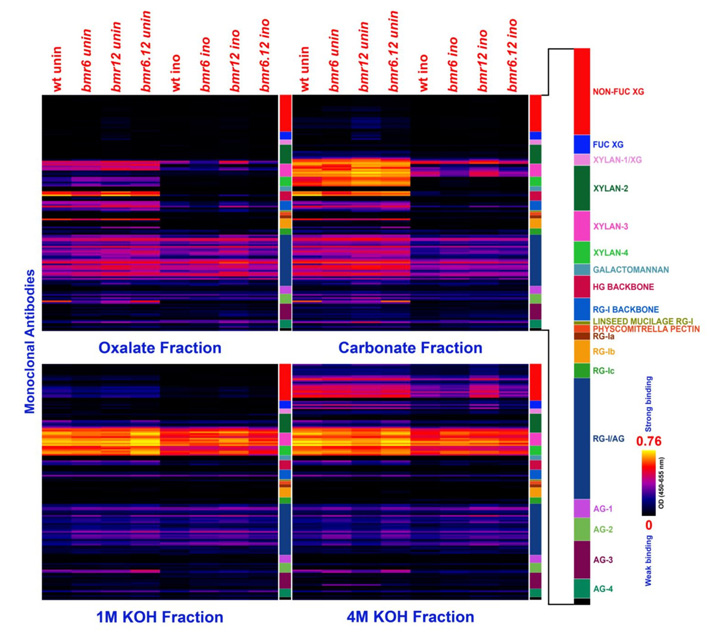
Researchers develop new assay for ease of converting plant biomass to ethanol.

Magnetic resonance imaging (MRI) method non-destructively images the chemical and structural changes in a lithium ion battery.

Short pulses of light reveal an intrinsic conducting surface that is different from the bulk.